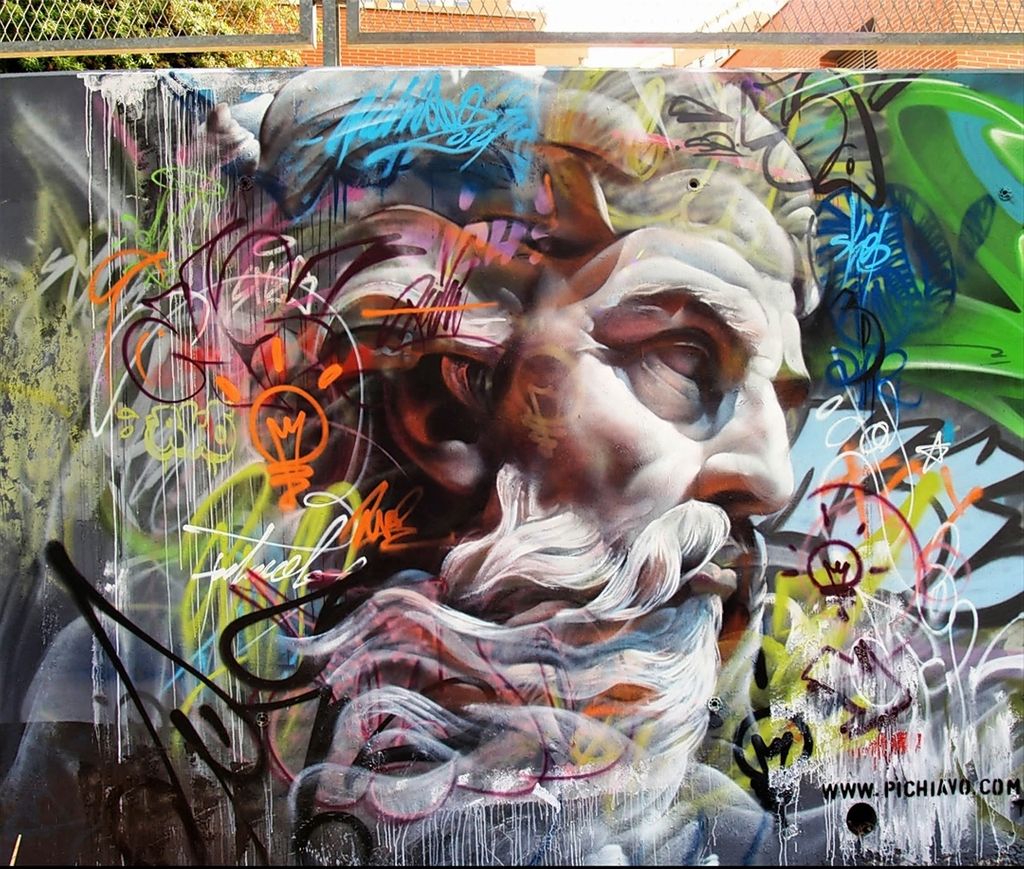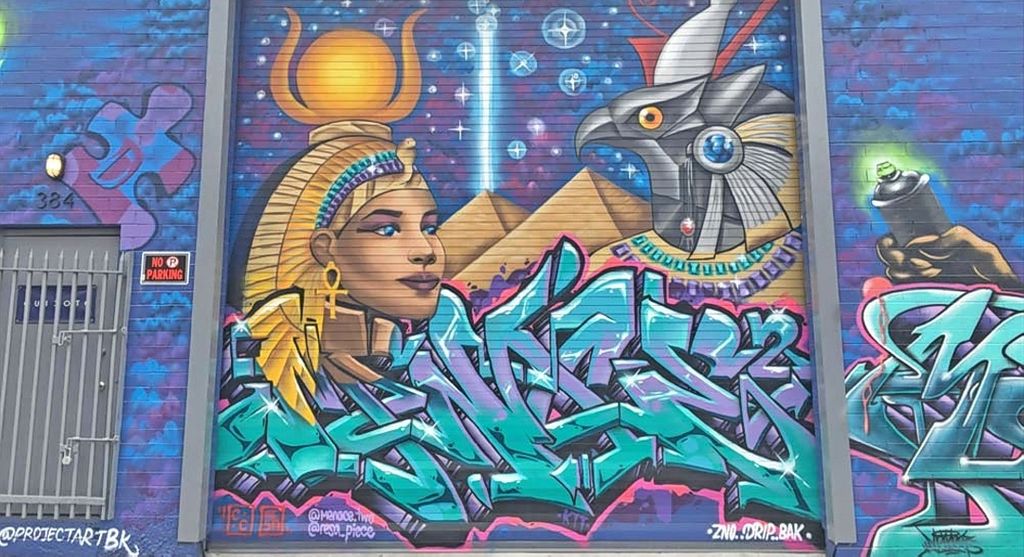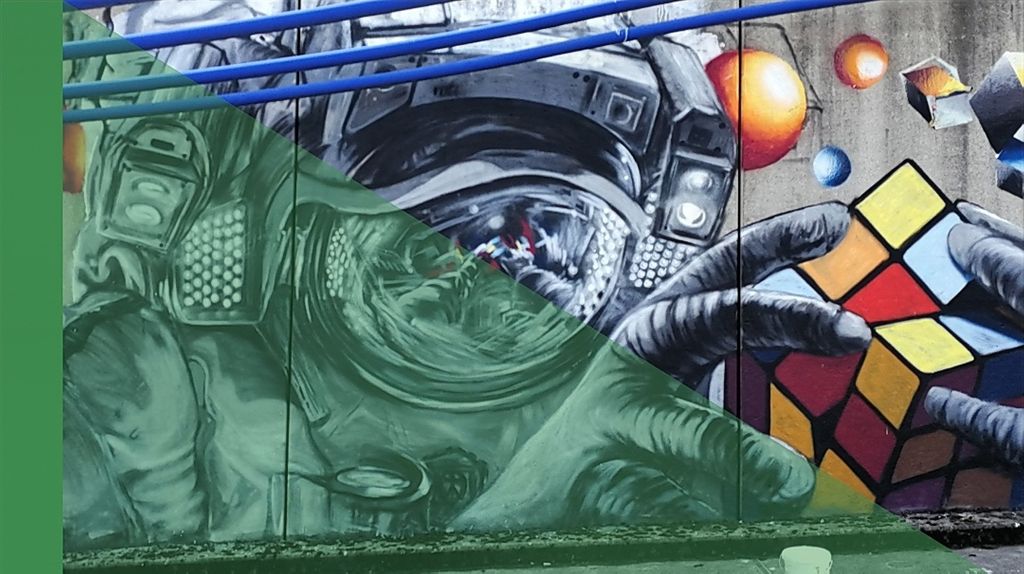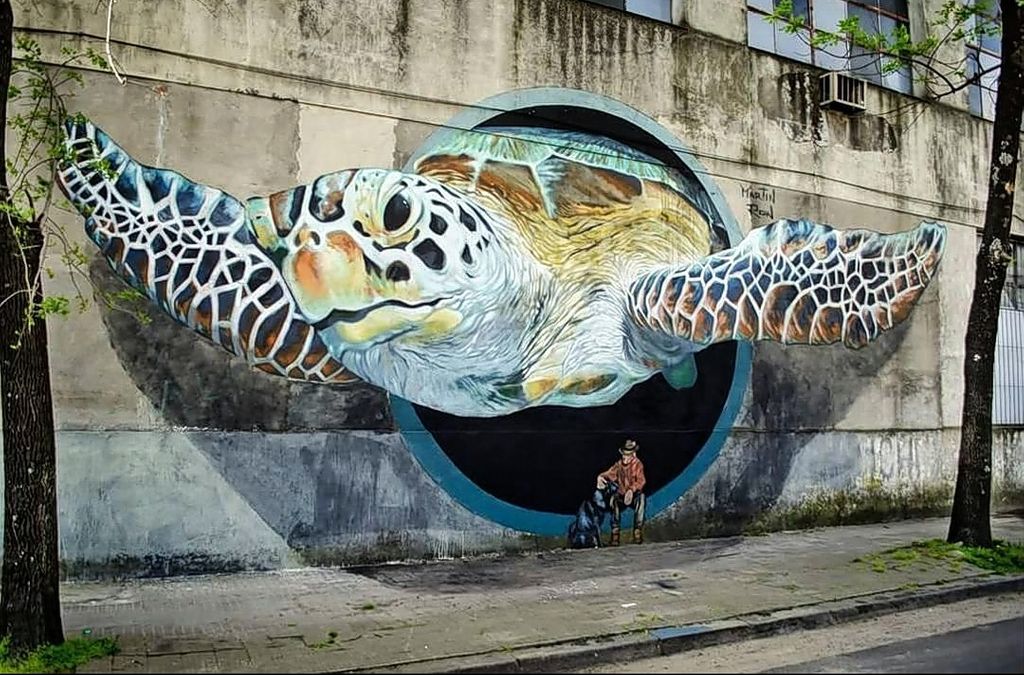Graffiti......
Jun 10, 2019 • 41 views

Graffiti and street art are anonymous tools used to express one’s idea or perspective on almost anything, including politics, personal expression, and culture. Graffiti is gaining popularity and people are being more creative and expressive with the art form. However, Graffiti or street art can be controversial as it is a medium for voices of the social amendment, protest, or expressions of community desire. In several cities, graffiti is associated with decay, with communities out of control, and so it is outlawed. In some cities, it is legal, within limits, and valued as a form of social expression. “Street art”, graffiti’s more formal cousin, which is often commissioned and sanctioned, has a firmer place in communities, but can still be an important form of “outsider” expression.
The crude use of Graffiti can be traced back to the cave art of the Paleolithic Age where the first cave paintings can be traced to the stone age, roughly about a 10,000 years ago. The archeologists and The Historians have augmented the purpose of these cave paintings to be the documentation of important events like hunting and wars in order to fill in on the next generation about their ways, which is similar to modern graffiti. As evolution took its toll on humanity these etchings and painting documents are proof of their existence and these stories are as varied as the artists telling them.

There is graffiti geological dating back to ancient Greece promoting brothel in Ephesus to the first-known depiction of the prophet on the aspect of a college derived back to the second or third century which is believed to be the first depiction of Jesus Christ. Similarly, we have another clear demonstration of graffiti from Pompeii on the leveled Roman city preserved by Mount Vesuvius 2,000 years ago. Moreover, from the ancient palaces of Sri Lanka to the Viking structures there is additional evidence where historians have found graffiti ranging from sexual boasting to documentation of important events all around the globe. These drawings, paintings, and etchings include poetry, prose, comments on love, art, and the social issues of the day.

Though graffiti is deemed as a social expression that is quite broad, and the work itself takes many phases from simple tags of identity to scrawled expressions of protest or politics to complex and beautiful scenes that virtually everyone would say are “art”, despite their sometimes-rough locations. I personally don’t think anything is important unless you put importance on it. For the graffiti writers themselves graffiti they create is extremely important to them or it may depend on the person and how invested they are in it. A few squares measure up as casual taggers while others pay incalculable hours bombing alleys and trains and dedicate themselves to pushing their limits and rising their hand vogue.
History had painted graffiti an expressive outlet for a countless young people who felt they did not have a voice, lived in poverty, and for the ones who did not have a lot of a future, and felt this was a great way for them to be more than just a voiceless, poor, futureless young person. If you were a graffiti author, by writing your name on a wall in public where other people can see it, your name transcends being just a name. It’s your mark on the world. It’s your brand. It’s your probability to create a name, to earn the respect and admiration of your fellow graffiti writers, or to make a name for yourself among your peers. For some, it’s just fun. It’s your statement to the world “I’m here, I exist”. You feel empowered. People see your work and might think it’s cool and you’re kind of like that. In this method, it’s vital to you however the police and property house owners you anger would probably not see what you are doing as vital in any respect.

